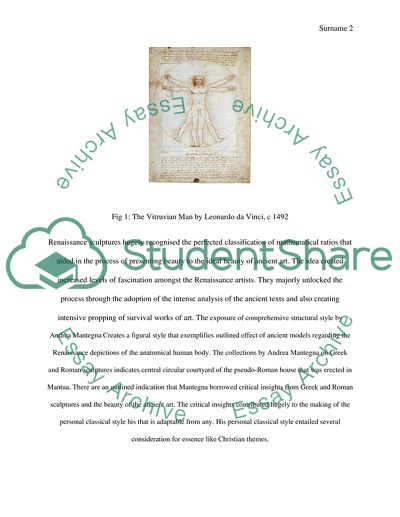Cite this document
(“The Human Body in Renaissance Art Essay Example | Topics and Well Written Essays - 1000 words”, n.d.)
Retrieved from https://studentshare.org/visual-arts-film-studies/1700084-the-human-body-in-renaissance-art
Retrieved from https://studentshare.org/visual-arts-film-studies/1700084-the-human-body-in-renaissance-art
(The Human Body in Renaissance Art Essay Example | Topics and Well Written Essays - 1000 Words)
https://studentshare.org/visual-arts-film-studies/1700084-the-human-body-in-renaissance-art.
https://studentshare.org/visual-arts-film-studies/1700084-the-human-body-in-renaissance-art.
“The Human Body in Renaissance Art Essay Example | Topics and Well Written Essays - 1000 Words”, n.d. https://studentshare.org/visual-arts-film-studies/1700084-the-human-body-in-renaissance-art.


